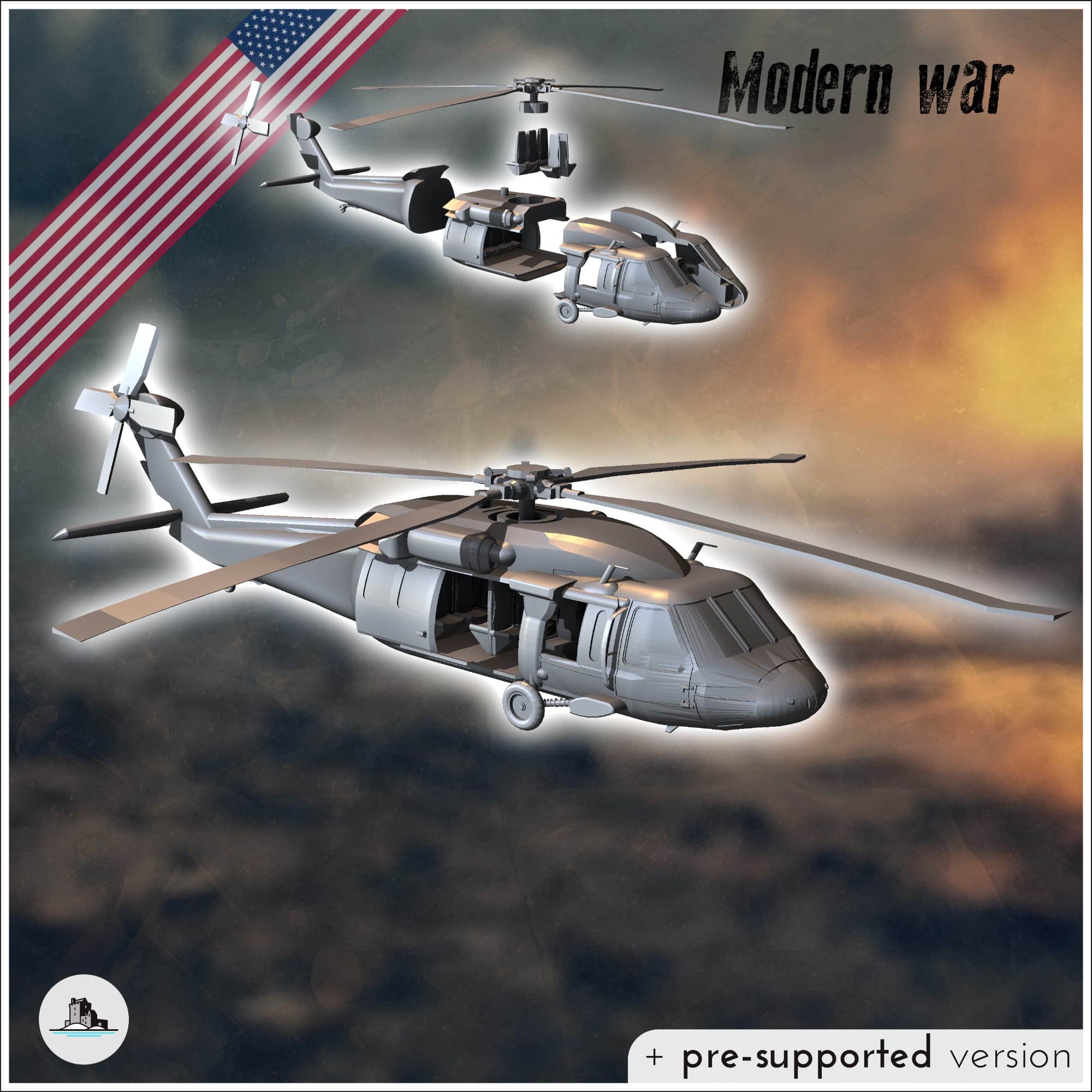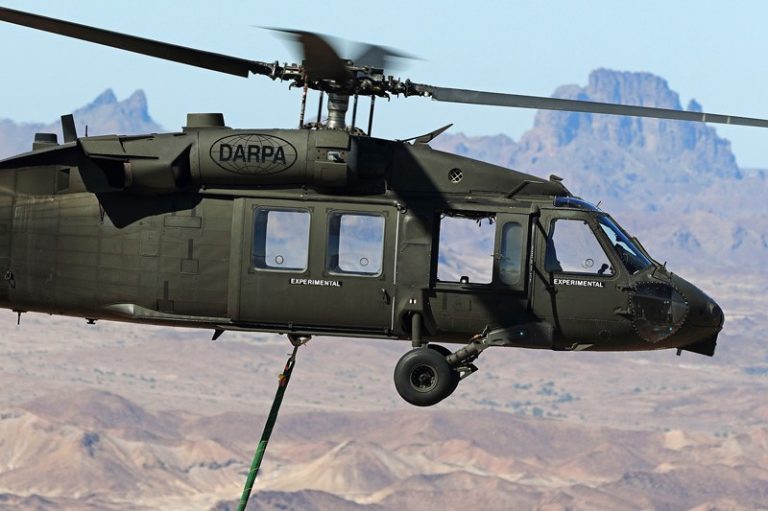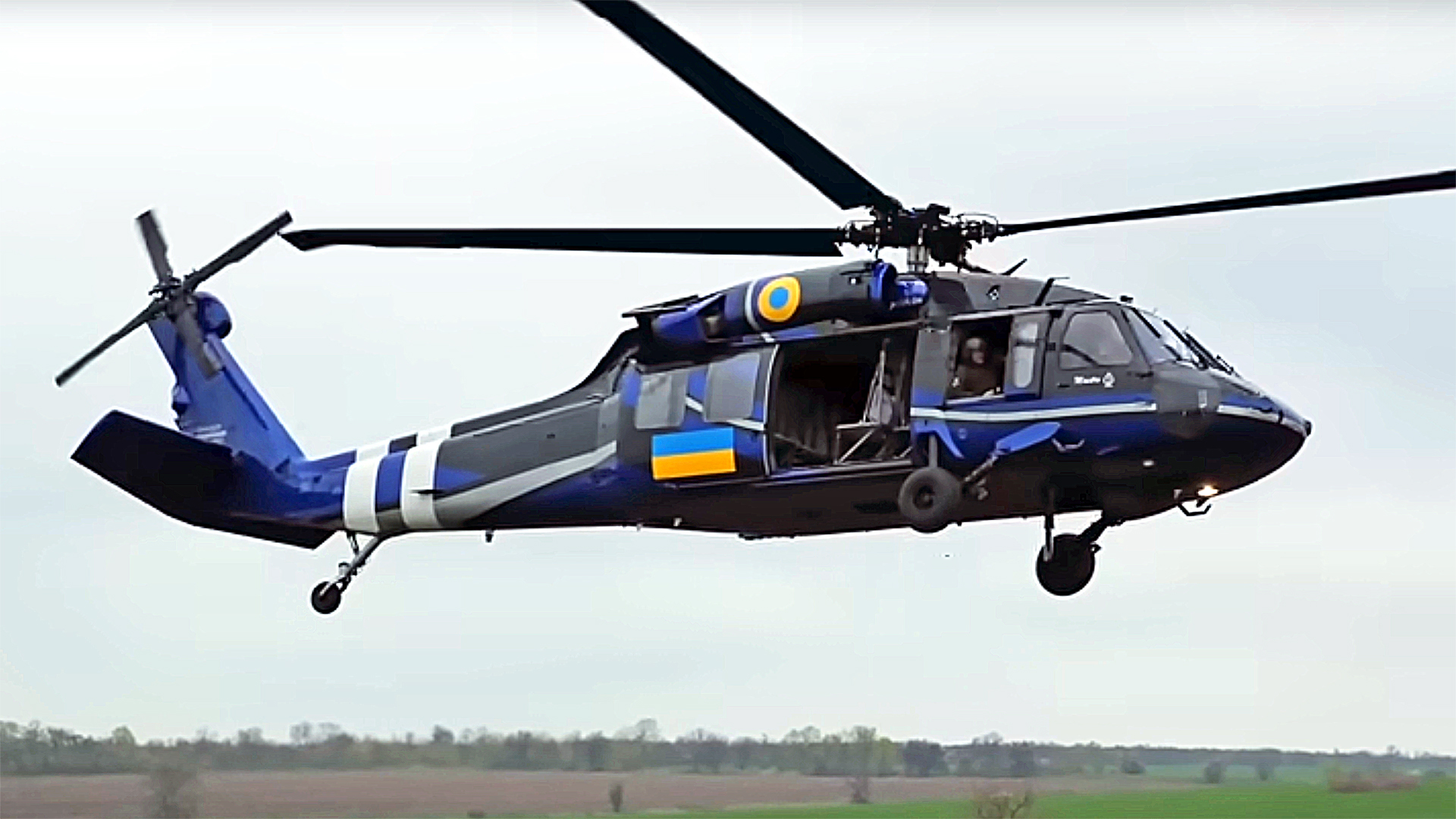Discover the Function of the UH60 in Emergency Situation and Search-and-Rescue Missions
Discover the Function of the UH60 in Emergency Situation and Search-and-Rescue Missions
Blog Article
Understanding the UH60: The Ultimate Armed Force Helicopter Experience
The UH-60 Black Hawk helicopter stands for an important evolution in military aviation, integrating durable design with complex functional capabilities. Its design caters to a series of objectives-- from troop transportation to medical discharge-- showing its flexibility throughout different battle situations. As we explore the history, specs, and technical improvements of the UH-60, it becomes apparent that its function fit modern-day army strategies is both considerable and far-ranging. This discussion welcomes a more detailed examination of exactly how this exceptional aircraft proceeds to affect modern war characteristics.
History of the UH-60
Emerging from the need for a versatile utility helicopter throughout the late 1960s, the UH-60 Black Hawk was developed by Sikorsky Airplane Firm in response to the U.S. Army's need for a modern-day battleground transport helicopter. The design process started in 1972, finishing in its initial flight in October 1974. The Black Hawk was crafted to replace the aging UH-1 Iroquois, also called the "Huey," which had been a staple of Army air travel considering that the Vietnam Battle.

For many years, the Black Hawk has gone through countless upgrades, preserving its relevance in modern-day army procedures. Its success has led to the advancement of numerous variants, serving numerous branches of the U. UH60.S. army and allied forces worldwide, developing the UH-60 as a keystone of army air travel history
Secret Attributes and Specs
The UH-60 Black Hawk is identified by its sophisticated style and robust specs, which add to its convenience on the field of battle. This multi-role helicopter includes a twin-engine setup, powered by two General Electric T700-GE-701C engines, delivering a maximum output of 1,800 shaft horsepower each. This effective engine configuration permits the Black Hawk to get to an optimum speed of about 183 knots (211 mph) and a solution ceiling of 19,000 feet.
The airplane's composite rotor blades provide extraordinary lift and ability to move, while its four-blade primary blades system enhances security (UH60). The Black Hawk is outfitted with advanced avionics, including a digital cockpit and evening vision capabilities, ensuring effective procedures in varied conditions. Its cabin can suit as much as 11 troops or bring as much as 8,000 extra pounds of cargo, making it ideal for numerous logistical requirements
The UH-60's modular style allows for simple upkeep and upgrades, making certain longevity and versatility in evolving armed forces demands. Furthermore, its advanced survivability functions, such as crashworthy seats and armor, enhance team safety and security during goals. Overall, the UH-60 Black Hawk stands for a substantial development in army aviation modern technology.
Functional Duties and Missions
Versatility is a characteristic of the UH-60 Black Hawk, enabling it to do a broad variety of operational functions and goals throughout different armed forces environments. Mostly developed for troop transportation, the Black Hawk can lug as much as 11 soldiers and is frequently utilized in air assault procedures, allowing rapid insertion and removal of ground pressures in opposed areas.

Along with army transportation, the UH-60 is proficient at medical evacuation (MEDEVAC) goals. Equipped with advanced clinical equipment and personnel, it can swiftly leave injured soldiers from the battlefield, considerably enhancing survival rates in critical circumstances. The helicopter also plays a crucial duty you can check here in logistics support, delivering supplies, ammunition, and equipment to ahead operating bases in austere environments.
Moreover, the Black Hawk acts as a platform for special procedures objectives, including reconnaissance and straight activity. Its capacity to operate in various surfaces and its low-flying abilities make it a necessary possession for devices carrying out hidden procedures.

Technical Advancements
Innovation in air travel innovation has significantly enhanced the capacities of the UH-60 Black Hawk, guaranteeing its relevance in modern armed forces operations. The helicopter is furnished with advanced avionics systems that give pilots with remarkable situational understanding, consisting of multi-functional screens, boosted GPS, and advanced surface awareness systems. These attributes enable specific navigating and objective implementation, also in difficult settings.
Additionally, the combination of digital interactions systems enables for rapid and safe info exchange between systems, helping with collaborated procedures. The UH-60's upgraded blades systems and composite materials add to enhanced efficiency, supplying better rate, dexterity, and minimized maintenance prices.
Furthermore, advancements in tool systems, such as the capability to release precision-guided munitions, boost the Black Hawk's role in battle circumstances. The helicopter's capacity to sustain medical evacuation goals is also reinforced by brand-new clinical tools and modern technologies, guaranteeing reliable client treatment in transit.
Finally, ongoing improvements in stealth technology and noise reduction mechanisms better solidify the UH-60's effectiveness in concealed procedures, permitting it to run in hostile territories with a decreased likelihood of discovery. Collectively, these technological improvements underscore the Black Hawk's enduring importance in military aeronautics.
Effect on Modern War
Enhanced capabilities of the UH-60 Black Hawk have actually greatly affected modern warfare methods and methods. Its versatility in army transport, medevac operations, and reconnaissance functions has actually redefined the operational landscape for army forces. The helicopter's ability to operate in varied environments, from urban settings to rugged surfaces, allows for higher tactical adaptability, enabling commanders to adapt promptly to altering field of battle problems.
The UH-60's innovative avionics and interaction systems enhance situational recognition, helping pop over here with real-time intelligence sharing and control amongst units. This capacity is crucial in modern asymmetric war, where fast decision-making can establish the result of involvements. Moreover, the helicopter's capability for quick insertion and extraction of unique operations pressures has become a trademark of contemporary armed forces projects, highlighting speed and precision.
Additionally, the Black Hawk's combination with unmanned aerial systems and various other advanced technologies represents a shift in the direction of multi-domain procedures. Consequently, the UH-60 not only functions as a vital possession in conventional disputes yet also plays an essential duty in counterinsurgency and peacekeeping goals, emphasizing its long-lasting influence on modern armed forces doctrine and the development of warfare.
Verdict
The UH-60 Black Hawk stands for a peak of armed forces air travel, characterized by its adaptability, progressed engineering, and robust style. Its abilities in army transportation, medical evacuation, and logistical assistance highlight its vital function in modern armed forces procedures. Continual technical developments and enhancements have more solidified the Black Hawk's strategic relevance, making it possible for quick action and versatility in diverse battle situations. Eventually, the UH-60 remains an essential asset, shaping the great post to read landscape of contemporary warfare and functional efficiency.

Development in aviation modern technology has considerably enhanced the abilities of the UH-60 Black Hawk, ensuring its importance in modern army operations.The UH-60 Black Hawk stands for a peak of military air travel, defined by its versatility, progressed design, and robust style.
Report this page